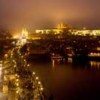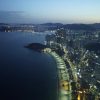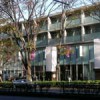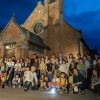2025.05.27 Momoe Nomura + Noriko Higashi
A follow-up meeting was held to review the night walk survey in Tachikawa conducted in April. Members gathered at the LPA office in Tsukuda and enjoyed lunch boxes while engaging in lively discussion. Plans for future activities were also discussed.
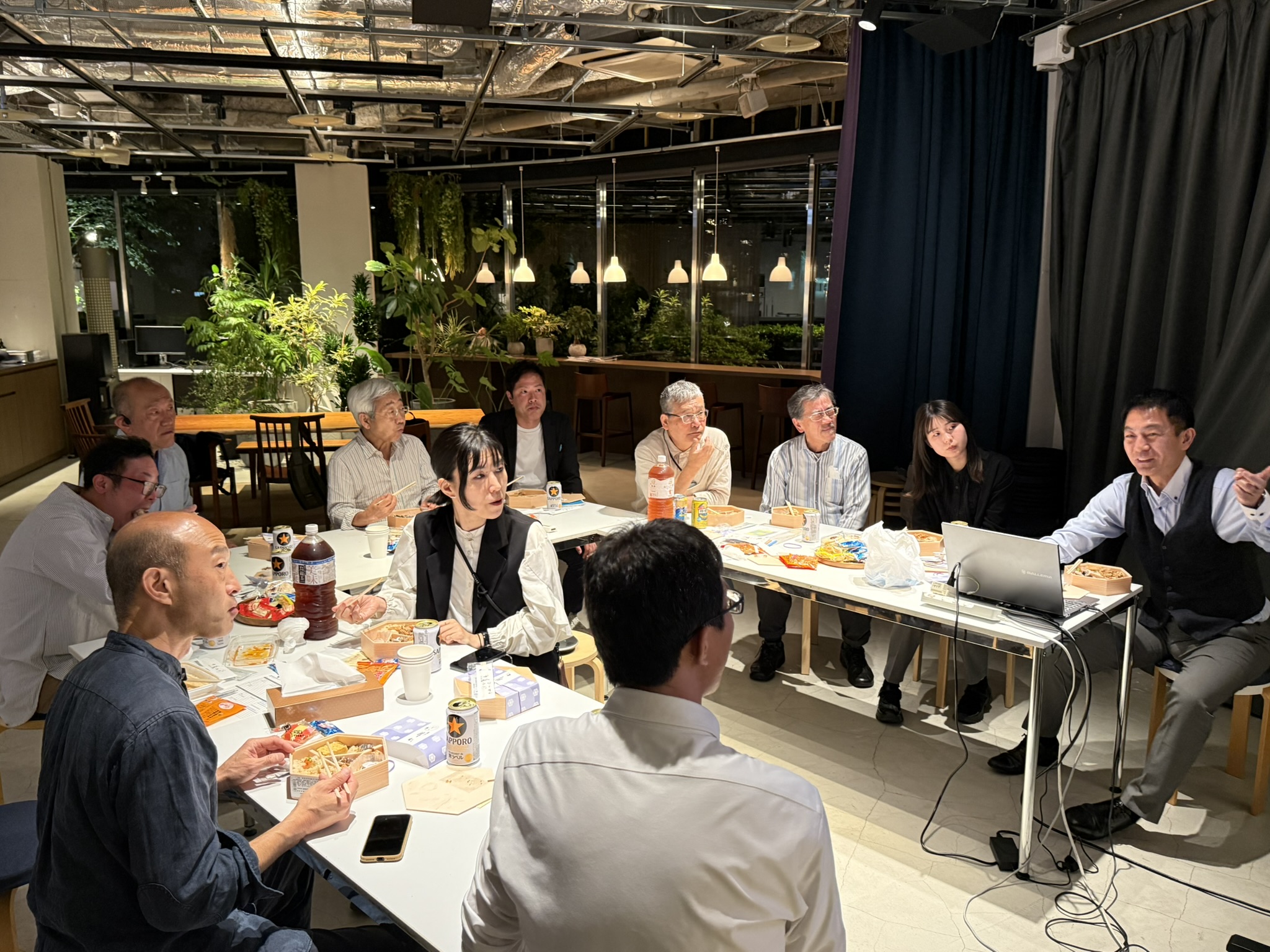
A review session was held at the LPA office to reflect on the night walk survey conducted in April 2025 in Tachikawa, Tokyo. Despite all being within walking distance from the same station, each area of Tachikawa revealed its own distinct character, along with unique attractions and challenges. In particular, the large commercial complex GREEN SPRINGS, located on the north side of Tachikawa Station, was noted for its thoughtfully designed spaces. One especially memorable feature was the lighting on the staircase at the main entrance. The blue light, flowing like water down the steps, created an immersive, cave-like atmosphere when viewed from above—evoking a dreamlike ambiance. Participants also praised the pole lights that used RGB lighting to project overlapping colors onto the ground, turning illumination into an experience rather than merely a visual aid. These elements received high marks for their creativity and attention to user experience.
However, in some parts of GREEN SPRINGS, it was pointed out that certain shops used bright white lighting, which clashed with the otherwise warm-toned atmosphere of the area.Near GREEN SPRINGS, under the monorail, several issues were also identified. For example, lighting on public artworks was overly intense, making it hard to appreciate the details. Additionally, some newly installed LED signage was too bright, making it difficult to read—these elements were considered “villains” in the night walk survey.
At the pedestrian bridge on the south side of Tachikawa Station, the handrail lighting lacked consistency. Despite being part of a continuous structure, the brightness and color temperature varied by location. While the lighting design on the southern stretch was praised for reducing glare, the area closer to the station drew criticism for poor placement and angles of the light sources. When comparing the overall lighting environment of the city, the north side of the station left a calm and organized impression, whereas the south side—crowded with restaurants and entertainment facilities—felt visually chaotic due to an array of mismatched signboards and storefront lights. Some participants even noted concerns about the area’s perceived safety.
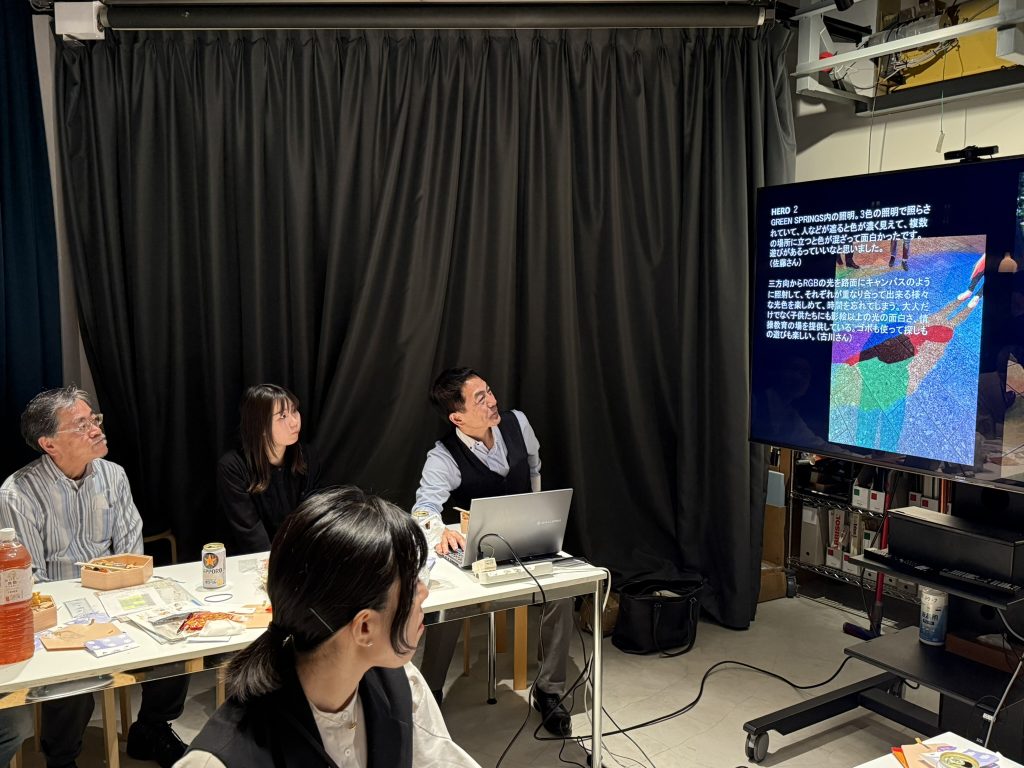
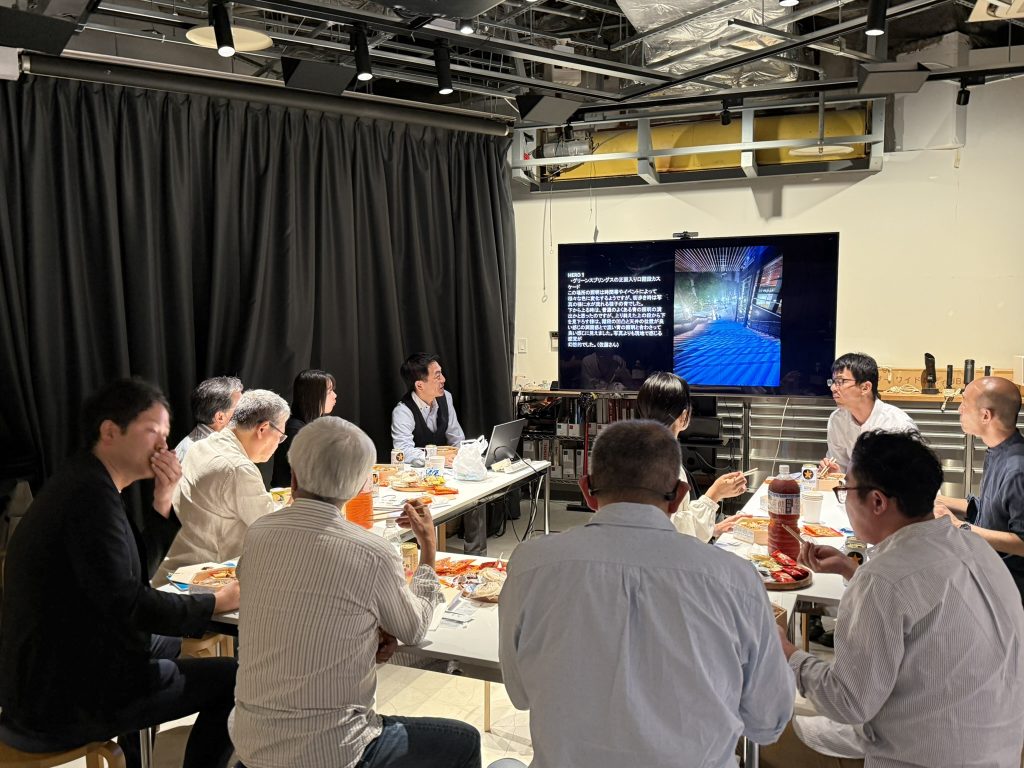
summarized and presented their findings
Through this night walk, I realized that well-planned lighting—like what we saw at GREEN SPRINGS—can create spaces that are both attractive and comfortable, encouraging people to stay longer. On the other hand, when lighting is too bright or inconsistent, it can actually diminish the charm of a place. That said, despite the beautiful nightscape of GREEN SPRINGS, the area was sparsely populated, whereas the more chaotic southern side of the station was bustling with people. This contrast made me realize that lighting alone cannot create urban vibrancy.
This experience allowed us to explore various uses of lighting and offered valuable insights into the complexity of urban illumination. The salon serves as a platform for each team to regroup and share their findings after the night walk survey. Even those who cannot join the walk are welcome to participate online, so please feel free to join us. (Momoe Nomura)






